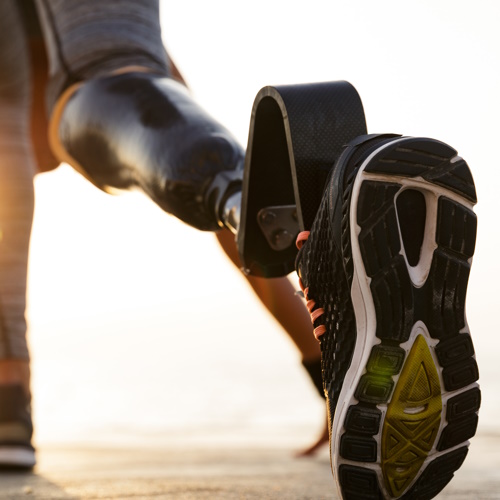Key points from article :
Research teams are developing lower-body exoskeletons to help people walk.
Sensors attached to legs can detect bioelectric signals sent from brain to muscles telling them to move.
“When it comes to more than just walking,...it'd be good to have neural control,” - Helen Huang, senior author.
"People can activate residual muscles, but the way they contract them is different from that of an able-bodied person," - Huang.
Amputee with a neurally controlled powered prosthetic ankle train with a physical therapist.
Five training sessions, each lasting about two hours, over two-and-a-half weeks.
"Trained him first on joint-level movements, and then full-body movements and full-body coordination,” - Aaron Fleming, lead author.
Improvements in the volunteer's stability exceeded expectations, whether he was standing or moving.
Researchers to examine more patients with robotic prosthetics and test them with more tasks.
Study by North Carolina State University published in Wearable Technologies.




